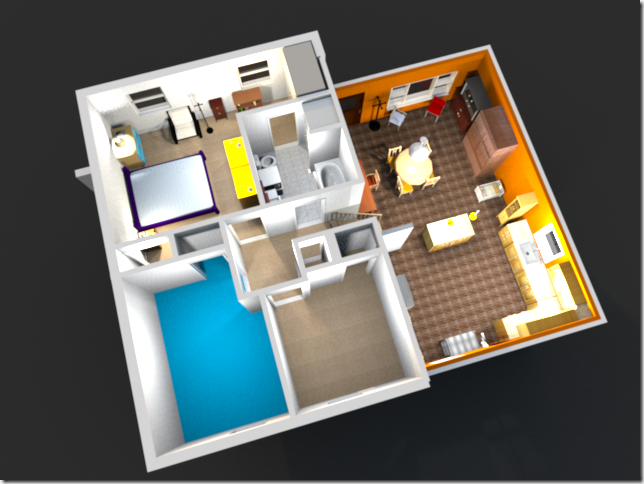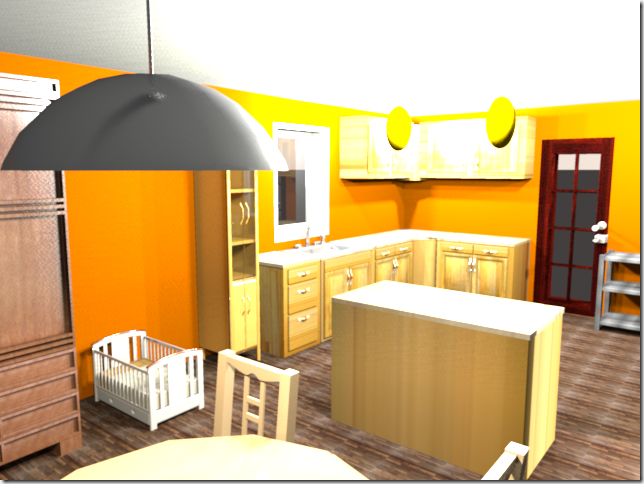I received my Solidoodle 2 Pro yesterday. I’ll spare the unboxing video.. suffice it to say, no instructions, but I knew that. The instructions are online at http://www.solidoodle.com/start-here/
I had trouble with the print drivers at first. I gave up, and switched to a laptop (the laptop that will go with the 3d printer to work when it goes) and it worked fine there.
Here are my first four prints (from left to right)
- I didn’t have the printer homed correctly. Ie, the printer thought it was at 0,0, but really it was at 100,50 or something.. so as it printed, it would hit the physical limit, and throw the print head off, and each successive layer moved out further.
- I didn’t trim the ooze of plastic from the print head before it started printing, and that little strand of filament bunched up on the build plate.. which made an obstacle for the print head to bump into.. and then the build popped up off the plate.
- The build popped up off the plate during printing.
- Having borrowed my wife’s $18 Hairspray (she’s getting me cheaper hairspray today), I finally got a good print. Thank you beautiful wife.
The print is a request from my nephew Iman (@PokeIman_Master) .. it’s a Legend of Zelda Tri-Force. This was done at 0.3mm resolution (the 3rd roughest).. you can see some of the lines don’t quite meet. Its not 100% solid.. I used a 10%? 20%? honeycomb fill pattern on the inside. Supposedly took 16cm of filament.. 21 minute print time, probably $0.20 of material. I think I’ll be doing the same print again at 0.2mm after I do some calibration prints.
The print quality as compared to the Makerbot2 at LVL1 .. not as good, fer sure. It might be the table I have it on (it shakes while printing), it might be the speed the printheads are travelling at, etc – there’s some tuning to be done. Its technically the same print nozzle size, I should be able to improve quality.
I’m a wee bit excited. It’s a good thing I’m not working from home today, I wouldn’t be working. As it is, I need to stop writing this at get back to being billable.










